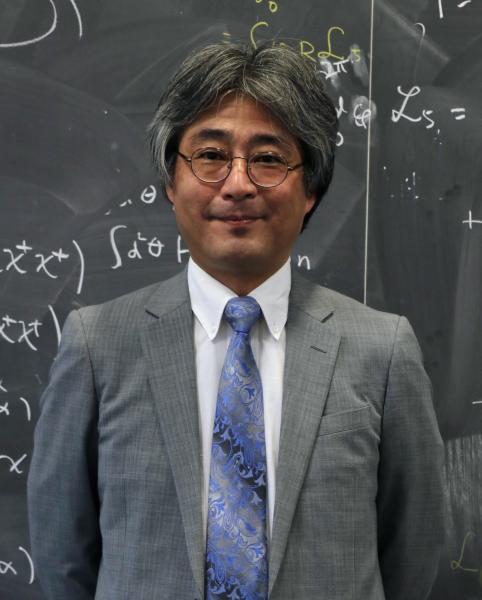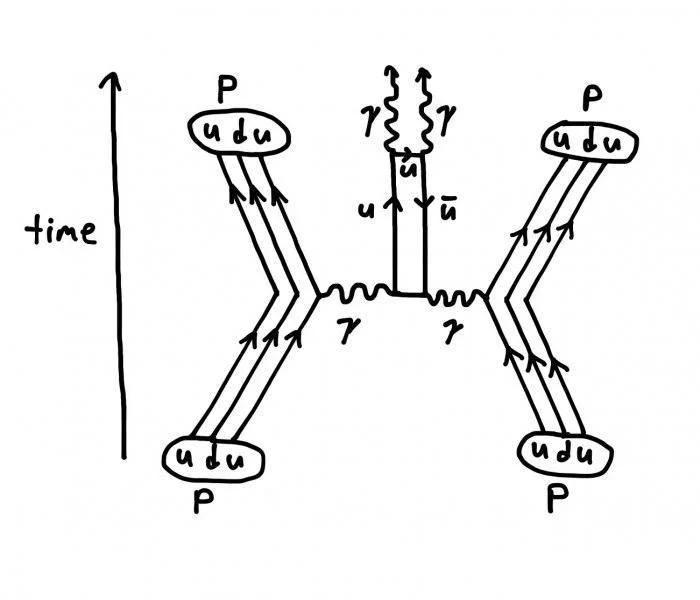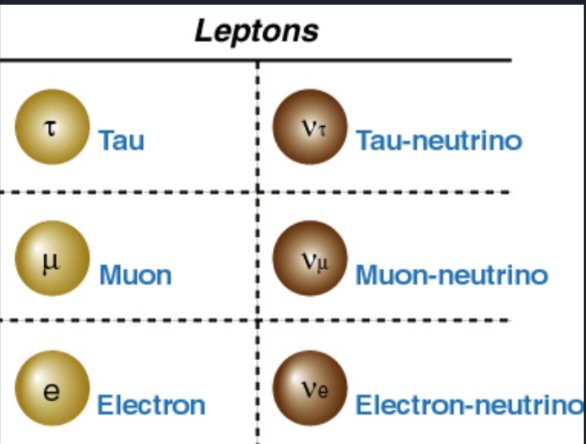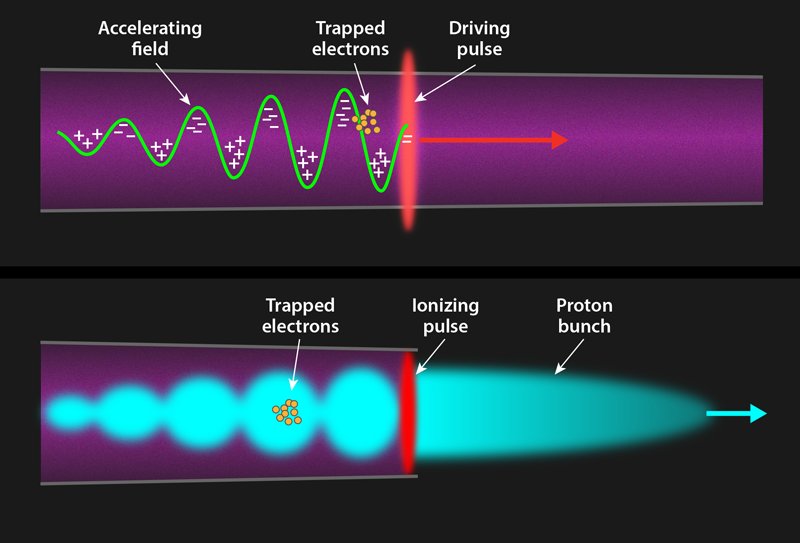Every decade or so physicists here in the US submit their wish lists of the experiments they would like to see funded by the Federal Government through the Department of Energy via that department’s High Energy Physics Advisory Panel (HEPAP). Gone are the days when all Galileo had to do to advance science was to drop a couple of balls from the leaning tower of Pisa or all Ben Franklin had to do was go fly a kite. Today Big Science takes Big Money and much of that comes from the approximately one billion dollars that Washington spends on High Energy Physics (HEP).

Taking input from hundreds of physicists a panel convened by the American Physical Society’s Division of Particle’s and Fields (DPF) drew up a wish list of experiments that, in their opinion, should be funded in order to provide the most science for the dollar. This panel, known as the Particle Physics Project Prioritization Panel (P5), was chaired by the distinguished physicist Hitoshi Murayama of the University of California at Berkeley. On December the eighth the panel released its report to both the Department of Energy and the public.

In the report the P5 panel called for the continued funding of projects now under construction or undergoing upgrades. These experiments include the Deep Underground Neutrino Experiment (DUNE), see my post of 30 July 2017, which it is hoped will finally give us an accurate measurement of the neutrino’s mass. Another neutrino experiment is the ICE CUBE neutrino telescope at the South Pole which just this year gave us our first image of what the Milky Way galaxy looks like, in neutrinos, see my post of 19 August 2023 Physicists hope that the planned expansion of ICE CUBE will reveal even more secrets of what the Universe looks like when you see it using neutrinos rather than light.

Finally the US should continue its contribution to the major upgrade of the Large Hadron Collider (LHC) at CERN in Switzerland. This upgrade is intended to increase the ‘luminosity’, that is the number of particles in the collider beam in order to obtain more events. This upgrade will increase the precision of the LHC’s measurements, hopefully pointing the way to new physics.

Of course the exciting part of the P5 report is the new experiments that are being proposed for funding. These include a small project entitled DarkSide-20K that is hoped to reveal some of the secrets of Dark Matter. Another such project is Belle II that will examine more closely the decay paths of the particles created in particle colliders.

But perhaps the most exciting long term project will be the initial design concept of a new American particle collider that will surpass the LHC in energy. You see one of the problems with the LHC that it uses protons in its collisions. Protons however are themselves made up of three smaller particles called quarks so when you smash two protons what actually happens is that a quark from each of the protons collide. Because of that you only get one third the available energy that gets turned into new particles. The other four quarks don’t get involved in the collision so two-thirds of the energy is kind of wasted.

One way of getting all the energy is to use a true elementary particle like the electron. Because of their small mass however an electron collider with the same energy as LHC would have to be thousands of kilometers in diameter, a project that would simply cost too much. One option that is being proposed is to use the electron’s heavier cousin the muon. Muons don’t survive very long however so there’s a lot of work to be done deciding exactly which way to go.

Another exciting possibility is the use of a new technology in particle acceleration, the Wakefield accelerator in which charged particles are propelled by an ionized plasma like a surfboard by a wave. The advantage of the Wakefield accelerator is that it requires much less distance to achieve the same amount of acceleration. Ever since the first atom-smasher was built particle accelerators have gotten bigger and bigger, and more expensive with each increase in size. The construction and operation of the LHC costs as much as fighting a small war, which is why dozens of countries share the expense. It is hoped that the use of Wakefield accelerators could reverse this trend but as with any new technology there is still much to be learned about them in order to both make the maximum use of their advantages while overcoming their shortfalls. The P5 report requests about $10 million dollars to fund a preliminary design for the new particle accelerator that will address these issues.

Now, all of that is dependent upon the amount of funding that comes from the Federal Government through the Department of Energy. It is expected that Congress will give HEPAP a 3% increase over last year’s funding which would basically offset inflation. That’s assuming of course that Congress gets its act together and actually manages to pass a budget. With all the fighting going on in Washington it’s hard to see that coming to pass any time soon.

It used to be that the US led the world in Big Science. We always had the biggest particle accelerator, the biggest telescopes, and the biggest plasma reactor, none of that is true anymore, see my post of 28 June 2017. The technology we enjoy today came from that Big Science we conducted back in the 50’s, 60’s and 70’s. We simply need to invest more in the future if we expect to have any.
